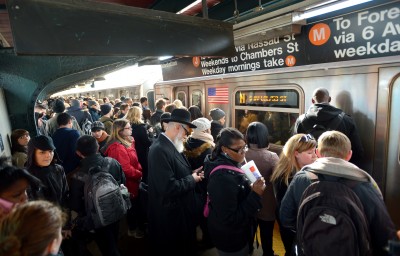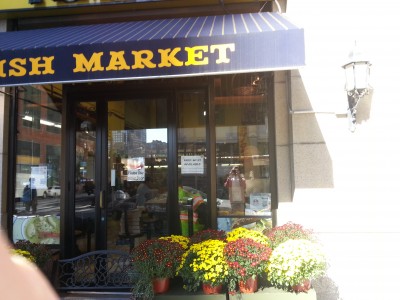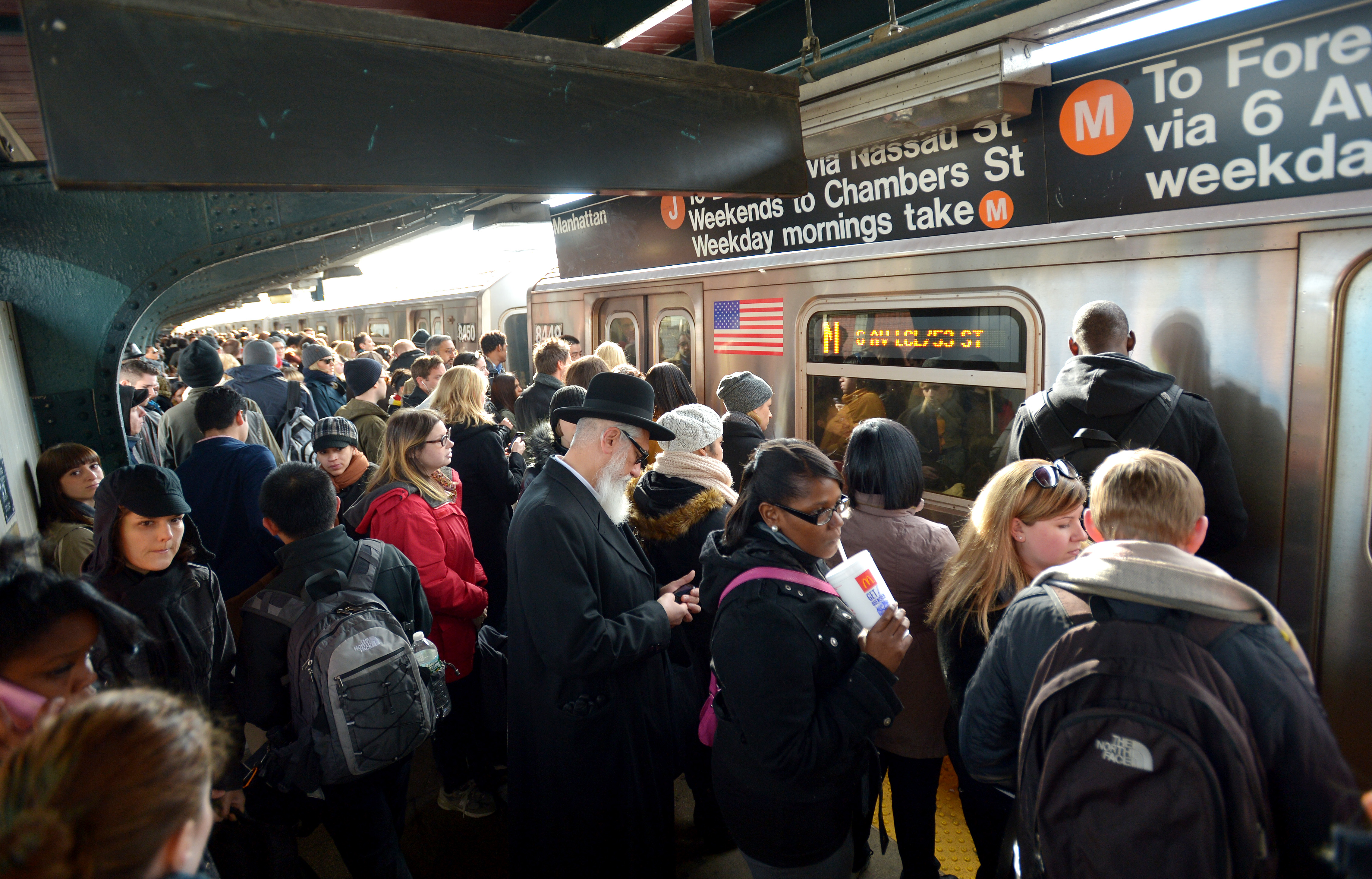
The first thing you should know about the new editor is that I am new to New York, having moved here from my native Pittsburgh just after Rosh Hashana to captain this rickety little ship they call New Voices. The second thing you should know about me is that I have a long subway ride to and from work every day.
I’ve grown to cherish diversity. While at Pitt, I lived in an experiment in diversity called the InterCultural House, where all sorts of people lived together and talked about race (turns out, it exists and ignoring it doesn’t make it go away). I then moved to the cosmopolitan Squirrel Hill neighborhood for the next two years, where a typical block had a Chinese restaurant, a Thai bubble tea shop, an Indian bistro, and a synagogue to give them all patronage. After graduation, I spent two years in Jerusalem (Israel, not Arkansas) where Jews and Arabs of all stripes walk the streets united in their mutual contempt for each other. Now, after a week here, I can already see how New York is different.
In New York, or at least underneath it, there is no clear majority. Underground, whites, blacks, Hispanics, Asians, Jews, everybody, stand, sit, and talk together en route to their destinations. This is also how life works in the twenty-first century. You can embrace it or try to undo it, but you certainly can’t deny it.
To this end, I believe organizations that think they are supporting campus Judaism by promoting an idea that “real” or “authentic” Judaism can only be properly experienced off campus (i.e. in Israel, in their yeshiva, and otherwise away from influences they don’t like) are in fact promoting an anachronistic myth.
I say Judaism is up to the challenges posed by our New York Subway world. We can rub elbows with the diversity that surrounds us, learn from it, and become stronger in the unique contribution to diversity that we have to offer.

And this goes not just for non-Jews, but—and this is ten times harder—for other Jews, as well. For me, this is what New Voices does best. In a world where the Amish Market in the heart of the Financial District has big signs in its front window advertising quesadillas and free Wi-Fi, and the most popular religious Jewish musician of our time does reggae, no matter how deeply you try to stick your nose into your own Gemara, Stand With Us pamphlet, and/or J Street pamphlet, there’s still a Dominican butt in your face, a homeless guy rapping in your ear, and another Jew who disagrees with you about everything in the seat next to you getting off at the same stop.
New Voices has been offline for a long time (three months! Most Americans were only dimly aware of Syria’s existence way back then!), but now we’re back, more dedicated than ever to being the young Jewish voice grounded in this subway world. We say, if the right-winger, hipster artist, or girl in a halter top studying Gemara (I know a few) is sitting next to you, since we’re all on the same train headed towards the same destination anyway, you might as well turn and say hi.
Derek M. Kwait graduated from the University of Pittsburgh and is editor in chief of New Voices.
[fbshare type=”button”]

